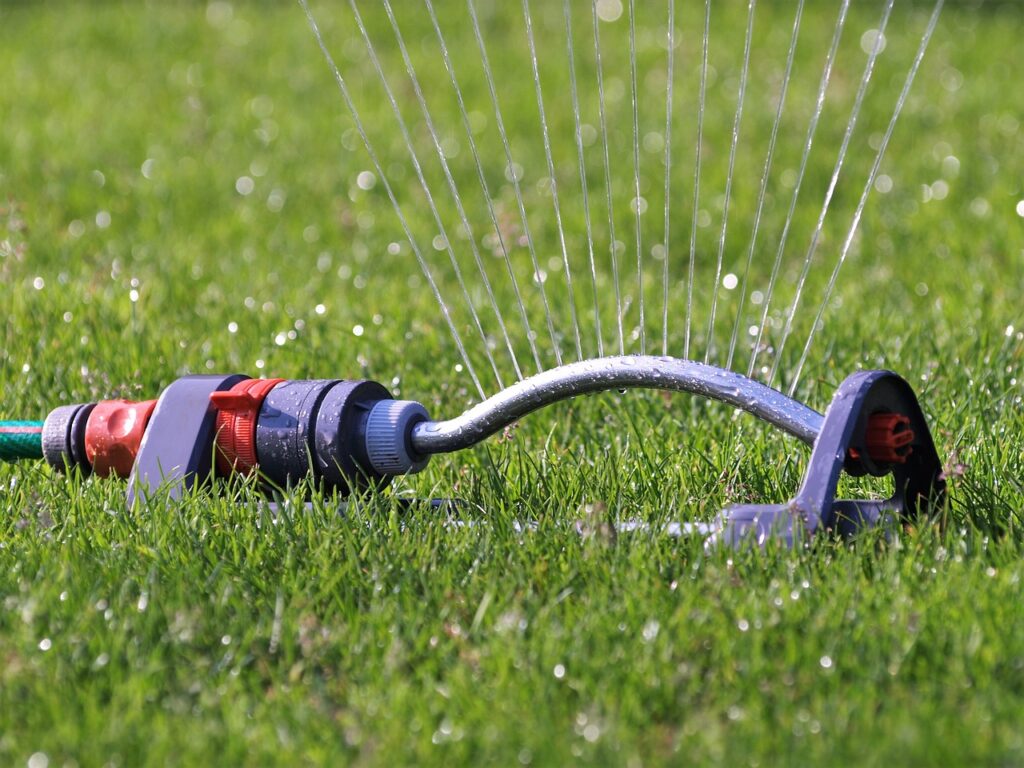Septic systems and sprinklers are two crucial components of any home’s infrastructure. While the two may seem unrelated at first glance, they are in fact connected in several important ways. In this article, we’ll explore the relationship between septic systems and sprinklers, and what you need to know about maintaining them both.
What is a septic system?
First, let’s start with septic systems. Septic systems are underground wastewater treatment structures that are commonly used in rural areas without centralized sewer systems. They consist of a septic tank, which collects wastewater from the home, and a drainfield, which distributes the treated wastewater back into the soil. The septic tank uses bacteria to break down the solids in the wastewater, while the drain field filters out contaminants before returning the water to the groundwater supply.
What are sprinklers?
Now, let’s talk about sprinklers. Sprinklers are a popular way to water lawns and gardens, especially in areas with limited rainfall or water restrictions. They consist of a series of underground pipes and above-ground heads that spray water onto the ground. While sprinklers are a convenient way to keep your lawn looking green, they can also have an impact on your septic system.
Septic tank issues caused by sprinklers and how to avoid them:
One potential issue with sprinklers is that they can cause the soil around your septic system to become oversaturated. When the soil is too wet, it can’t absorb water as effectively, which can lead to wastewater backing up into your home or leaching into the groundwater supply. This can also cause your drain field to become clogged, which can lead to costly repairs.
To avoid these problems, it’s important to be mindful of where your sprinklers are located in relation to your septic system. Ideally, your sprinklers should be at least 10 feet away from your septic tank and drain field. This will help ensure that the soil around your septic system can absorb water effectively without becoming oversaturated.
Another potential issue with sprinklers is that they can introduce foreign objects into your septic system. For example, if you accidentally run over a sprinkler head with a lawnmower, it could break off and end up in your septic tank. This can cause damage to your tank or clog your drain field. To avoid this, be sure to mark the location of your sprinklers and avoid driving over them with heavy equipment.
Finally, it’s important to be mindful of what you’re putting into your septic system when using sprinklers. For example, if you use chemical fertilizers or pesticides on your lawn, these can end up in your septic tank and potentially harm the bacteria that break down the solids in the wastewater. To avoid this, consider using natural fertilizers and pest control methods instead.
Conclusion
In conclusion, septic systems and sprinklers are two important components of any home’s infrastructure. While they may seem unrelated, they are in fact connected in several important ways. By being mindful of where your sprinklers are located in relation to your septic system, avoiding introducing foreign objects into your septic tank, and being mindful of what you’re putting into your septic system, you can help ensure that both components work effectively and efficiently for years to come.

